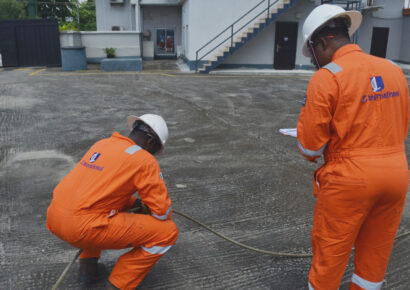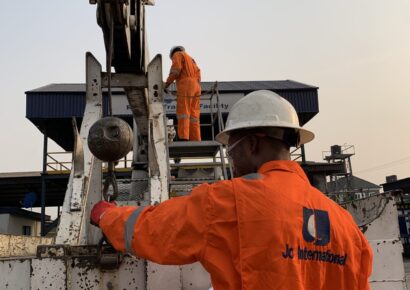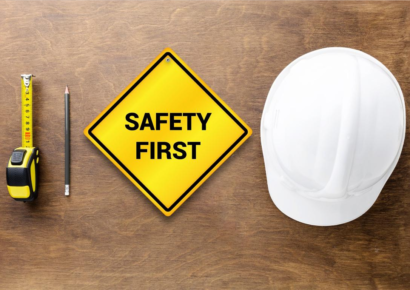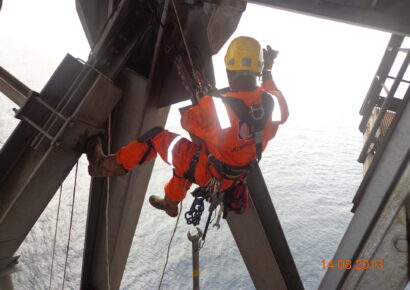Course Overview
Course Overview
The Safe Use of Lifting Equipment Course is designed to provide participants with the essential knowledge and skills needed to safely operate and manage lifting equipment in various industries, including construction, manufacturing, and oil and gas. This course focuses on the proper handling, inspection, and safe operation of lifting gear, ensuring compliance with industry regulations and safety standards.
Key Topics Covered in the Safe Use of Lifting Equipment Course:
- Health and Safety Regulations: Gain a thorough understanding of the legal requirements and safety standards related to lifting operations, such as LOLER (Lifting Operations and Lifting Equipment Regulations).
- Types of Lifting Equipment: Learn about different types of lifting equipment, including hoists, cranes, slings, chains, and shackles, and their appropriate use in various applications.
- Equipment Inspection and Maintenance: Understand the importance of conducting regular inspections and maintenance to identify potential risks, wear, and damage to lifting gear.
- Safe Lifting Techniques: Master safe lifting practices, including load securing, rigging methods, load distribution, and balance to prevent accidents.
- Load Assessment: Learn how to assess loads, including weight, size, and center of gravity, to ensure safe lifting and handling.
- Risk Management: Identify potential hazards in lifting operations and implement safety measures to mitigate risks to both personnel and equipment.
Emergency Procedures: Be prepared for emergency situations, including equipment failure or load instability, and understand how to respond effectively.
Participants Will Learn To:
- Identify different types of lifting equipment and their safe use.
- Conduct pre-use inspections and ensure that all equipment meets safety standards before use.
- Plan and execute lifting operations with a focus on safety, efficiency, and regulatory compliance.
- Implement proper rigging techniques and use lifting accessories correctly.
- Manage risks associated with lifting operations, such as overloading, instability, and environmental factors.
- Follow emergency procedures in the event of equipment failure or other safety incidents.
This course is ideal for individuals involved in lifting operations, including supervisors, operators, and safety personnel. Upon completion, participants will be equipped with the skills and certification necessary to ensure safe and effective lifting operations in their respective industries.






